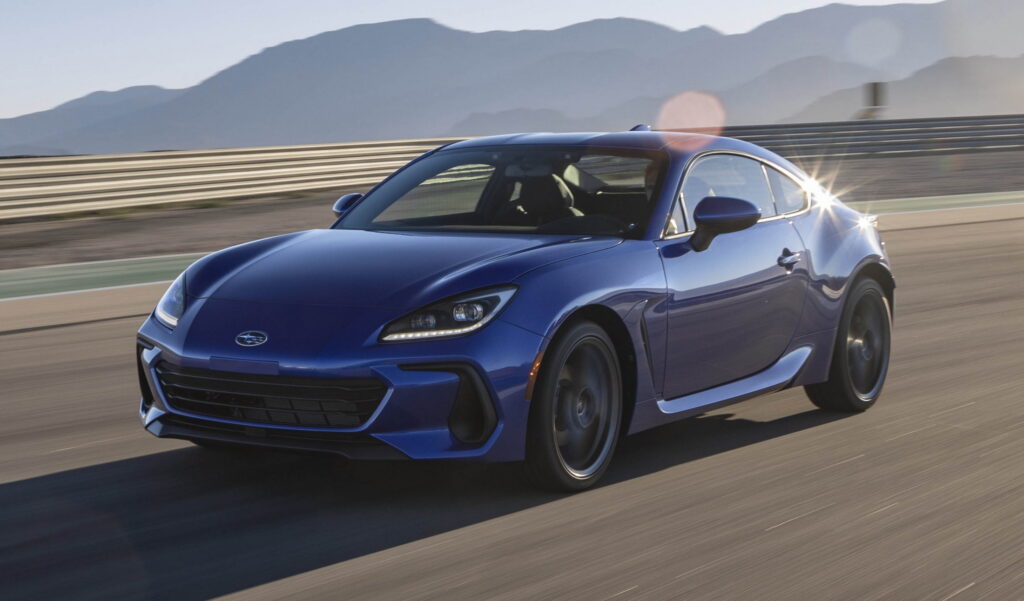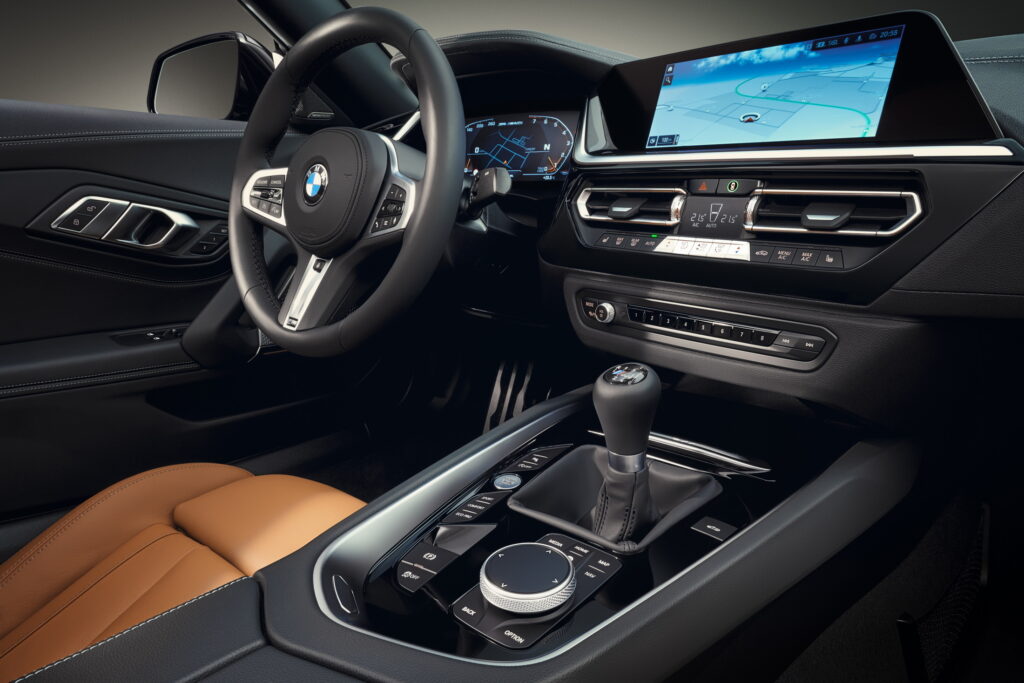Once hailed as the “standard” choice and celebrated as the quintessential driving experience, the manual transmission has witnessed a gradual decline in popularity over the past two decades. In 2019, a mere 0.7 percent of all new vehicles sold in North America were equipped with a manual gearbox, signaling a shift towards automatic transmissions and advanced driving technologies. However, recent trends suggest a subtle yet intriguing resurgence in manual transmission enthusiasts.
Even though enthusiasts who opt for the manual transmission remain in the minority, their ranks are growing fast. Between 2019 and 2023, sales of vehicles equipped with the three-pedal gearbox have more than doubled, reaching 1.7 percent of total sales.
Estimates suggest that if the trend continues, manual transmissions are likely to be found in more than 2 percent of all new vehicles in 2024, reports Good Car Bad Car. And it’s not hard to see why, as a growing number of enthusiast-oriented vehicles are being offered with the transmission.
Read: Want 300+ HP And A Manual Shift? These Are Your New Options For 2024

It’s a trend that has been developing for a long time, and the transmission was kept alive by some of the most humble sports cars on offer, like the Mazda MX-5 and the Subaru BRZ and Toyota GR 86 twins. Their low prices meant they couldn’t compete on lap times, and had to focus instead on offering an engaging experience. With less pressure to hunt for impressive 0-60 and quarter-mile times, there was less pressure to offer high-tech dual clutch transmissions.
And that focus on experience, rather than data, has proven to be successful. Motor 1 reports that the take rate for manuals in the Mazda Miata MX-5 is 60 percent, while for the Subaru BRZ, it’s even higher, at 79 percent. And that seems to be encouraging upmarket brands to carve out some space for the slower but more engaging transmission type.
Cars like the BMW Z4, the Toyota Supra, and the BMW M2 are now being offered with three pedals. In vehicles like the Acura Integra, the optional manual transmission became one of its selling points when the Japanese brand reintroduced the series to the market after a hiatus of more than two decades.
While the discovery of a distinct niche has certainly helped lead to the manual transmission’s resurgence, it is also worth noting that the market’s surprising growth has coincided with the COVID-19 pandemic. Although it’s unclear to what degree that helped the development of the market for manual transmissions, it can’t have hurt that there was a big bump in sports car sales in the early ’20s.
While this is certainly good news for enthusiasts, it remains unclear how much larger the market can become. It seems clear that the technology is appealing to a niche that will eventually be satisfied. However, Jalopnik reports that younger buyers, specifically Zoomers, are helping drive sales, which may suggest that there’s still room for the manual market to grow.
What do you think, though? How much can the market for manuals realistically grow? How much longer will they have if the market for EVs continues to rise? Let us know in the comments below.





